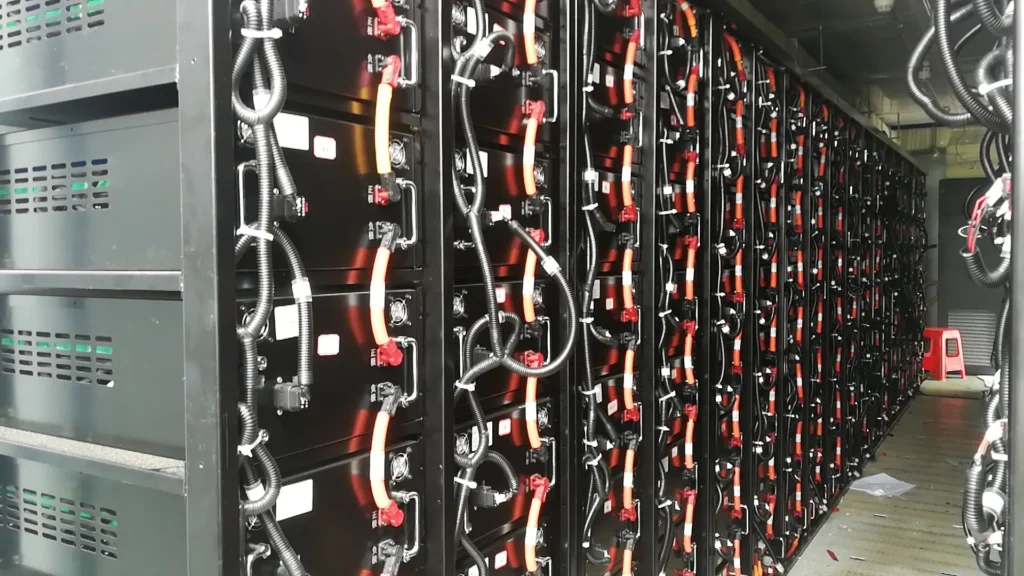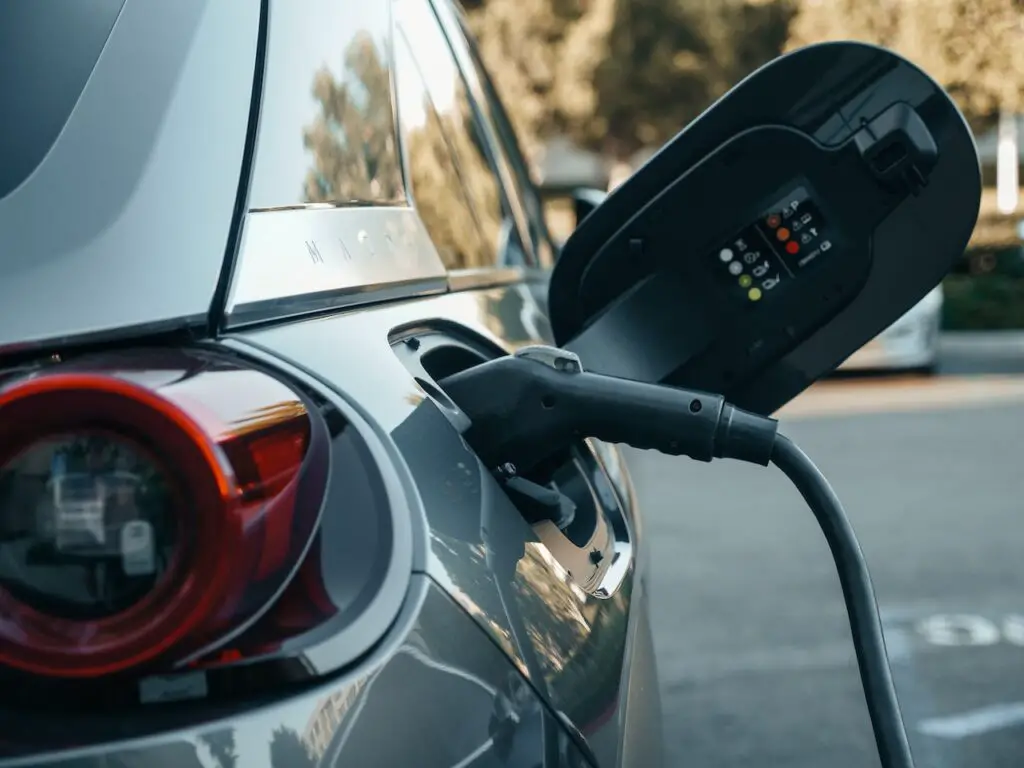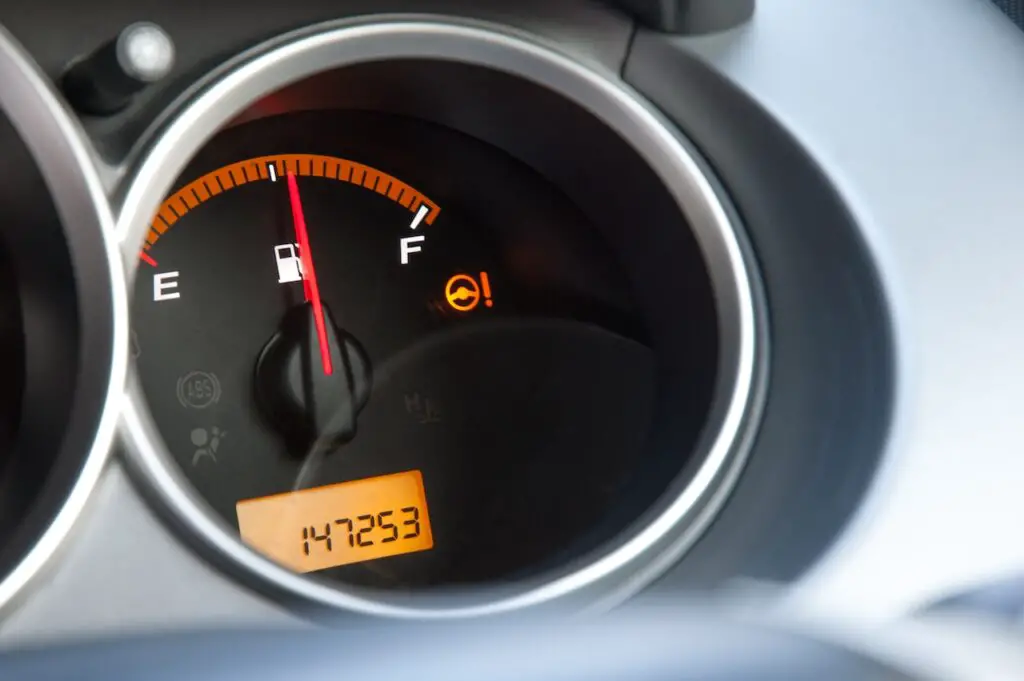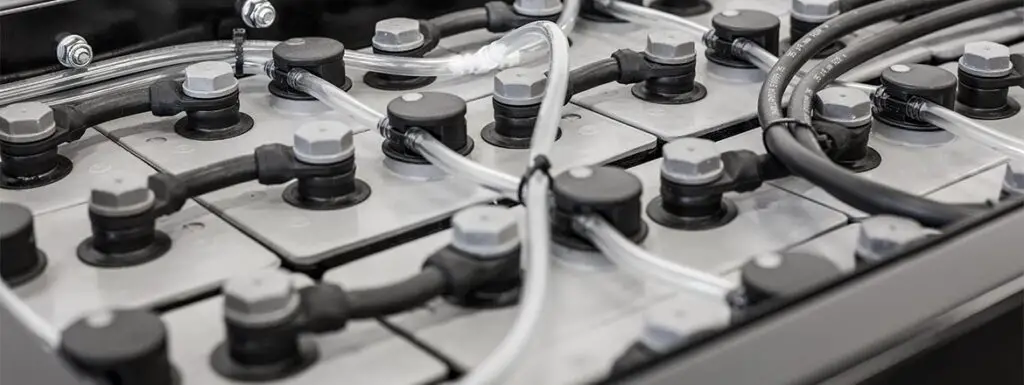Have you ever wondered what happens to old electric vehicle (EV) batteries once they’ve reached the end of their life? As more and more people switch to electric cars, the question of what to do with old EV batteries is becoming increasingly important.
In this article, we’ll explore the shocking truth about what happens to old EV batteries and why it matters. We’ll also take a look at some innovative solutions that are being developed to address this growing problem. So buckle up and get ready to learn about the fascinating world of EV batteries!

The Environmental Impact of Old EV Batteries
Electric vehicle (EV) batteries typically use lithium-ion technology, which contains a number of different materials. These include lithium, cobalt, nickel, and manganese, as well as graphite and electrolytes. While these materials are essential for the functioning of EV batteries, they also have the potential to cause environmental harm if not disposed of properly.
The mining and processing of the materials used in EV batteries can have significant environmental impacts. For example, lithium mining can lead to water scarcity and soil contamination, while cobalt mining has been linked to human rights abuses and environmental damage. In addition, the production of EV batteries requires a significant amount of energy, which can contribute to greenhouse gas emissions and other forms of pollution.
When EV batteries are not disposed of properly, they can also have negative environmental impacts. The materials used in EV batteries can leach into the soil and water, contaminating ecosystems and posing a risk to human health. In addition, EV batteries can release toxic gasses if they are incinerated or melted down, which can contribute to air pollution and climate change.
The improper disposal of old EV batteries is becoming an increasingly urgent environmental issue. As the number of electric vehicles on the road continues to grow, so too does the volume of old EV batteries that need to be disposed of. Without proper disposal methods in place, these batteries can end up in landfills or incinerators, where they can release harmful substances into the environment.
To address this problem, it is important to develop effective and sustainable methods for recycling and reusing old EV batteries. By recovering the valuable materials used in these batteries, we can reduce the need for new mining and processing, while also minimizing the environmental impact of these materials. Additionally, by implementing proper disposal methods for old EV batteries, we can reduce the risk of environmental contamination and promote a more sustainable future for electric vehicles.
The Challenge of Recycling Old EV Batteries
Recycling electric vehicle (EV) batteries is a complex and challenging process. EV batteries are made up of a variety of materials, including metals, plastics, and chemicals, which must be carefully separated and processed to recover valuable materials. In addition, the chemical composition of EV batteries can vary depending on the manufacturer and the type of vehicle, which can make it difficult to develop standardized recycling processes.
There are several methods that are currently used to recycle EV batteries. One common method is pyrometallurgical recycling, which involves heating the battery to high temperatures to melt the materials and recover the valuable metals. Another method is hydrometallurgical recycling, which uses chemical processes to dissolve the metals and separate them from other materials. A third method is mechanical recycling, which involves shredding the battery and separating the materials using physical processes.
While these methods have shown promise for recycling EV batteries, they also have several limitations. For example, pyrometallurgical recycling can be energy-intensive and can release harmful gasses into the environment. Hydrometallurgical recycling can require large amounts of water and chemicals, which can be costly and environmentally damaging. Mechanical recycling can be effective for recovering certain materials, but can be less efficient for recovering other materials.
In addition, all of these recycling methods require significant investments in infrastructure and technology, which can make them expensive and difficult to scale up. As a result, there is a need for continued research and development to improve these methods and to develop new, more sustainable approaches to recycling EV batteries.
The Economics of EV Battery Recycling
The recycling and reuse of electric vehicle (EV) batteries is not only important for environmental reasons, but also for economic reasons. There are several economic factors that influence the recycling and reuse of EV batteries, including the cost of raw materials, the value of recycled materials, and the potential for creating new markets for recycled materials.
One of the main economic drivers for EV battery recycling is the cost of raw materials. The materials used in EV batteries, such as lithium, cobalt, and nickel, are becoming increasingly expensive as demand for these materials grows. Recycling EV batteries can help to reduce the demand for new raw materials, which can help to stabilize prices and reduce the environmental impact of mining and processing these materials.
In addition, the value of recycled materials can also be a significant economic driver for EV battery recycling. Many of the materials used in EV batteries, such as cobalt and nickel, are valuable and can be recovered and sold for reuse in new batteries or other products. By recovering these materials through recycling, we can reduce the need for new mining and processing, while also creating new markets for recycled materials.
Finally, the potential for creating new markets for recycled materials is another important economic factor for EV battery recycling. As the demand for electric vehicles and renewable energy grows, there is a growing need for sustainable and affordable sources of raw materials. By developing new markets for recycled materials, we can help to meet this demand and promote a more sustainable and circular economy.
Government Policies and Regulations
Government policies and regulations play a critical role in promoting the recycling and reuse of electric vehicle (EV) batteries. These policies and regulations can take many forms, including incentives for recycling, penalties for improper disposal, and requirements for manufacturers to take responsibility for their products at the end of their life.
One example of a policy that promotes EV battery recycling is the European Union’s Battery Regulation, which requires manufacturers to take responsibility for the collection, treatment, and recycling of their batteries. This policy helps to ensure that EV batteries are recycled in a safe and environmentally responsible way, while also creating a level playing field for manufacturers and reducing the burden on consumers.
In addition, many governments offer incentives for EV battery recycling, such as tax credits or subsidies for recycling facilities. These incentives can help to offset the costs of recycling and make it more economically viable for companies to invest in recycling infrastructure.
On the other hand, governments can also impose penalties for improper disposal of EV batteries, such as fines or legal action. These penalties help to discourage improper disposal and incentivize companies to invest in recycling and reuse.
By creating a supportive regulatory environment and providing incentives for recycling, governments can help to reduce the environmental impact of electric vehicles and promote a more sustainable future for transportation.
The Promise of Second Life Applications for Old EV Batteries
Second life applications for old electric vehicle (EV) batteries involve repurposing these batteries for other uses after they are no longer suitable for use in EVs. For example, old EV batteries can be used to store energy from renewable sources, such as solar or wind power, or to provide backup power during blackouts or emergencies.

There are several benefits to second life applications for old EV batteries. First, these applications can help to extend the useful life of EV batteries, reducing the need for new battery production and minimizing the environmental impact of battery manufacturing. Second, second life applications can help to create new markets for recycled materials, promoting a more circular and sustainable economy. Third, second life applications can help to increase the reliability and resilience of our energy systems, by providing backup power and reducing the need for fossil fuel-based backup generators.
While second life applications for old EV batteries hold promise, there are also several challenges that must be addressed in order to make these applications a reality. One challenge is the variability of old EV batteries, which can make it difficult to develop standardized applications that are compatible with a range of battery types and manufacturers. Another challenge is the cost of repurposing old EV batteries, which can be higher than the cost of new batteries in some cases. In addition, there are technical challenges associated with repurposing old EV batteries, such as ensuring that the batteries are safe and reliable for their new applications.
Despite these challenges, there is growing interest in second life applications for old EV batteries, and many companies and organizations are working to develop innovative solutions to address these challenges. By overcoming these challenges and promoting the use of second life applications for old EV batteries, we can help to create a more sustainable and resilient energy system, while also reducing the environmental impact of electric vehicles.
Innovations in EV Battery Recycling and Reuse
In recent years, there have been several innovative solutions proposed for recycling and reusing electric vehicle (EV) batteries. One promising approach is to use EV batteries for energy storage in stationary applications, such as homes, buildings, or power grids. Another approach is to develop new recycling technologies, such as hydrometallurgical recycling, which can recover a higher percentage of valuable materials from EV batteries than previous methods.
Other innovative solutions include using EV batteries to power electric boats or aircraft, or repurposing EV batteries for use in electric bikes or other small vehicles. Some companies are also exploring the use of blockchain technology to track the supply chain of EV batteries and ensure that they are recycled and reused in an environmentally responsible way.
These innovative solutions have the potential to significantly reduce the environmental impact of electric vehicles and promote a more sustainable and circular economy. By repurposing old EV batteries for energy storage or other applications, we can reduce the need for new battery production and minimize the environmental impact of battery manufacturing. In addition, by developing new recycling technologies, we can recover more valuable materials from EV batteries and create new markets for recycled materials.
Furthermore, by using EV batteries for energy storage in stationary applications, we can help to increase the reliability and resilience of our energy systems, while also reducing our dependence on fossil fuels. By repurposing EV batteries for use in electric boats, aircraft, or other vehicles, we can help to reduce greenhouse gas emissions and promote a more sustainable transportation system.
Despite the potential benefits of these innovative solutions, there are also several challenges that must be addressed in order to implement these solutions on a large scale. For example, the variability of EV batteries can make it difficult to develop standardized solutions that are compatible with a range of battery types and manufacturers. In addition, the cost of implementing these solutions can be high, which can make them less economically viable in some cases.
Furthermore, there are technical challenges associated with repurposing EV batteries, such as ensuring that the batteries are safe and reliable for their new applications. Finally, there are regulatory and policy challenges associated with implementing these solutions, such as developing standards for battery reuse and recycling, and ensuring that companies are held accountable for their environmental impact.
Despite these challenges, there is growing interest and investment in innovative solutions for recycling and reusing EV batteries. Governments, companies, and research institutions are working together to develop new technologies and business models that can help to overcome these challenges and promote a more sustainable and circular economy.
Future Directions
As electric vehicles (EVs) become more common, the need for effective and sustainable solutions for recycling and reusing EV batteries will become increasingly important. Fortunately, there are several emerging technologies and business models that hold promise for the future of EV battery recycling and reuse.
One potential future direction is the development of closed-loop recycling systems, which would allow EV batteries to be recycled and reused without the need for new raw materials. This approach would involve recovering valuable materials from old batteries and reusing them in new batteries, creating a more sustainable and circular economy.
Another potential future direction is the development of modular battery designs, which would allow for easier disassembly and recycling of EV batteries. By designing batteries with standardized components and interfaces, it would be easier to recover valuable materials and reuse them in new batteries.
In addition, there is growing interest in the use of artificial intelligence and machine learning to optimize battery recycling and reuse processes. By using these technologies to analyze data and identify patterns, we can develop more efficient and effective recycling and reuse processes, while also reducing waste and minimizing the environmental impact of battery production and disposal.
Finally, there is growing interest in developing new business models and partnerships to promote EV battery recycling and reuse. For example, some companies are exploring the use of battery leasing programs, which would allow consumers to lease EV batteries and return them for recycling or reuse at the end of their useful life.
The potential impact of these future directions on the environment, the economy, and society is significant. By developing more sustainable and efficient solutions for EV battery recycling and reuse, we can reduce the environmental impact of electric vehicles, promote a more circular and sustainable economy, and create new opportunities for economic growth and innovation.
Overall, the future of EV battery recycling and reuse is bright, with many promising technologies and business models on the horizon. By continuing to invest in research and development, and by promoting collaboration and innovation across industries and sectors, we can create a more sustainable and resilient energy system, while also promoting economic growth and environmental sustainability.




